
UV400 sunglasses - how do they work and offer protection from UV rays
In a world dazzled by sunlight, the need to shield our eyes from the invisible danger of ultraviolet (UV) radiation becomes increasingly crucial.
Just as we protect our skin from harmful rays, safeguarding our eyes is equally vital.
With this in mind, UV400 sunglasses have emerged as a formidable defence against the threat of UV radiation.
In this article, we delve deep into the world of UV protection sunglasses, exploring their significance, technology, benefits, and the myths surrounding them.
Get ready to uncover the secrets of UV400 sunglasses and discover how they stand as your reliable guardians against the sun's hidden threat.
Introducing UV400 Sunglasses
Now, let's turn our attention to the star of the show—UV400 sunglasses.
What exactly does UV400 mean?
UV400 protection signifies a level of protection against harmful UV radiation, offering a robust shield by blocking 99-100% of both UVA and UVB rays. The highest UV protection rating offered is UV 400 and is quite suitable to be used as sunglasses.
In essence, UV400 sunglasses provide a comprehensive barrier that keeps your eyes safe from the sun's potentially damaging effects.
Unlike their regular counterparts, UV400 sunglasses are equipped with advanced lens coatings and materials that are specially designed to absorb and deflect 100% UV radiation.
The Mechanism of UV400 Protection
UV400 protection is no magical feat—it's the result of meticulous engineering and specialized lens technology.
UV-absorbing lenses are armed with specific chemicals and coatings that effectively absorb the harmful UV radiation, preventing it from penetrating the eyes.
Moreover, the lens materials themselves play a crucial role in UV absorption. Reflective coatings further enhance protection by blocking and reflecting UV rays away from the eyes.
Benefits of UV400 Sunglasses
The advantages of UV400 sunglasses extend beyond their sleek appearance.
These sunglasses serve as a barrier against a range of eye conditions, reducing the risk of cataracts, macular degeneration, and even photokeratitis—a sunburn of the eye.
Furthermore, UV400 sunglasses offer enhanced visibility by reducing glare, making outdoor activities more enjoyable.
Whether you're hitting the beach, hiking a trail, or just going for a walk, UV400 sunglasses are your trusted companions for the journey.
Decoding Sunglasses Filter Categories
Sunglasses aren't just a fashion statement; they are essential tools for safeguarding our eyes from the harmful effects of the sun's rays.
Beyond their stylish appeal, sunglasses come with a range of UV rays filter categories that dictate the level of protection they offer.
These categories, often denoted by numbers from 0 to 4, provide valuable information about the sunglasses' intended uses and the amount of light they filter.
Let's delve into these sunglass filter categories and understand their specific applications:
Category 0: Clear or Very Light Tint (0-20% Light Transmission)
Intended Use: Category 0 sunglasses are designed for indoor use or during overcast days when minimal protection is required.
Key Characteristics: They provide minimal to no protection against sunlight and are primarily meant for reducing glare and improving visual comfort in low light conditions.
Situations: Useful for wearing indoors, during twilight hours, or for people with light sensitivity.
Category 1: Light Tint (20-57% Light Transmission)
Intended Use: Category 1 sunglasses are suitable for low sunlight conditions such as early morning or late afternoon.
Key Characteristics: They offer slightly more protection than Category 0 and are designed to reduce glare and provide a modest level of sun protection.
Situations: Ideal for activities like driving during dawn or dusk or for light glare reduction during cloudy days.
Category 2: Medium Tint (57-82% Light Transmission)
Intended Use: Category 2 sunglasses are versatile and suitable for most daylight conditions.
Key Characteristics: They offer moderate sun protection, making them suitable for daily activities under average sunlight.
Situations: Great for general outdoor activities like shopping, walking, and socializing, especially in mild sunlight conditions.
Category 3: Dark Tint (82-92% Light Transmission)
Intended Use: Category 3 sunglasses provide strong sun protection and are ideal for bright and sunny conditions.
Key Characteristics: They effectively block out a significant amount of sunlight and offer ample glare reduction.
Situations: Perfect for outdoor activities like beach days, hiking, and driving in bright sunlight. Also, a popular choice for vacations.
Category 4: Very Dark Tint (92-97% Light Transmission)
Intended Use: Category 4 sunglasses offer maximum protection against intense sunlight and glare.
Key Characteristics: They provide extremely high levels of sun protection and are suitable for extreme conditions.
Situations: Best for high-altitude activities, snow sports, and environments with intense sunlight like deserts. Not recommended for driving due to reduced visibility.
Choosing the right sunglass filter category depends on your specific needs, the level of sun exposure you anticipate, and the activities you'll be engaging in.
Understanding UV Radiation and Its Effects on Eyes
UV radiation is a formidable adversary that demands our attention before we embark on our journey into the world of UV400 sunglasses.
This invisible force is categorized into three distinct types—UVA, UVB, and UVC—each carrying its own level of threat to our precious eyes. Let’s know about them in detail:
UVA Radiation:
- Often referred to as 'ageing rays'.
- Penetrates deeply into the eye's innermost layers.
- Associated with premature ageing of the eyes and skin.
- Contributes to the development of cataracts and macular degeneration.
- Has a constant presence throughout daylight hours.
- Can pass through clouds and glass windows, making protection crucial even indoors.
UVB Radiation:
- Known as the 'burning rays'.
- Primarily affects the eye's outer layers.
- Causes sunburn and contributes to skin ageing.
- Linked to the development of pterygium (growth on the eye's surface) and pinguecula.
- A significant contributor to the development of cataracts and photokeratitis (sunburn of the eye).
- Intensity varies based on factors like altitude and geographical location.
UVC Radiation:
- The most harmful form of UV radiation.
- Virtually all UVC rays are absorbed by Earth's atmosphere.
- Artificial sources, such as welding arcs and germicidal lamps, emit UVC rays.
- Fortunately, natural UVC radiation is largely filtered by Earth's ozone layer.
UV Rays of all types are harmful, learn how you can protect yourself from UV rays here
Prolonged and unchecked exposure to these UV rays can unleash a cascade of adverse effects on our vision and eye health.
It's essential to grasp the gravity of these potential repercussions. Here are some of those
1) Cataracts
2) Macular Degeneration
3) Photokeratitis
4) Pterygium and Pinguecula
5) Conjunctival Cancer
6) Eye Discomfort and Dryness
Understanding the nuances of UV radiation and its potential harm to our eyes underscores the importance of adopting protective measures.
As we navigate the world of UV400 sunglasses, let's remain mindful of the unseen threats and the paramount significance of safeguarding our precious eyes from their detrimental effects.
Choosing the Right UV400 Sunglasses
When it comes to choosing the perfect pair of UV400 sunglasses, there are a few factors to consider.
1. Check for UV Protection Labels:
Look for sunglasses labelled as '100% UV protection,' 'UV400,' or 'blocks 99-100% of UVA and UVB rays.' These labels ensure the sunglasses meet the recommended standards for shielding your eyes from harmful UV radiation.
2. Opt for Polarized Lenses:
Choose UV sunglasses with polarized lenses. Polarized lenses not only reduce glare but also enhance visual comfort.
They are particularly effective for blocking reflected sunlight from surfaces like water, snow, and roads.
Learn more about polarized sunglasses by reading polarized sunglasses and how do they work here.
3. Choose Darker Lens Colors:
Opt for sunglasses with darker lens colours such as grey, green, or brown. Darker lenses reduce visible light and often correlate with higher UV protection. They provide better shielding against harmful UV rays.
4. Select a Wraparound Style:
Look for sunglasses with wraparound or large lens styles. These designs provide better coverage and minimize the amount of UV radiation that can enter from the sides of the sunglasses.
5. Invest in Quality Brands:
Choose sunglasses from reputable brands that prioritize UV protection. Well-known brands adhere to strict quality standards and regulations to ensure their sunglasses offer effective UV shielding.
Choose top quality sunglasses from our collections of polarised sunglasses for Women & Men.
UV400 Sunglasses for Different Settings
UV400 sunglasses seamlessly integrate into every facet of your life.
For everyday wear, they become a staple accessory that not only protects your eyes but also elevates your style.
From aviator frames to oversized shades, UV400 sunglasses come in an array of designs to suit various occasions. When it comes to outdoor activities, UV400 protection is paramount.
Whether you're skiing down a mountain slope or simply lounging by the pool, specialized UV400 sunglasses designed for specific activities ensure your eyes are shielded at all times.
Choose from our curated list of best UV protection sunglasses here.
Debunking Myths about UV400 Sunglasses
Now, let's debunk a couple of myths that often swirl around UV400 sunglasses.
Myth 1: Darker lenses offer better UV protection.
In reality, the level of UV protection isn't solely determined by the lens color; it's about the specialized coatings and materials that constitute UV400 sunglasses.
Myth 2: All sunglasses provide adequate UV protection.
This misconception highlights the importance of distinguishing between fashion-oriented sunglasses and those genuinely equipped with UV400 protection.
Awareness is key in ensuring your eyes receive the proper defense.
Conclusion: Your Window to UV Protection
In an age where the sun's rays are both alluring and potentially hazardous, UV400 sunglasses emerge as a beacon of protection for your eyes.
They transcend mere accessories, assuming the role of guardians for your vision and eye health.
With a robust defense against UV radiation, UV400 sunglasses ensure that your eyes experience the world with clarity, comfort, and safety.
As you step into the sunlight, let UV400 sunglasses be your steadfast companions, upholding their promise to preserve the beauty and brilliance of your eyes for years to come.
Commonly Asked Questions
Is UV400 better than polarized?
UV400 and polarized are not directly comparable as they serve different purposes.
UV400 lenses block 100% of harmful UV rays, while polarized lenses reduce glare from horizontal surfaces.
For optimal eye protection, combine both features. UV400 ensures UV-ray blocking, while polarized lenses enhance visual comfort by reducing glare.
Does 100% UV mean polarized?
No, 100% UV protection does not necessarily mean polarized. UV protection (UV400) shields eyes from harmful ultraviolet rays, while polarized lenses reduce glare from reflective surfaces.

























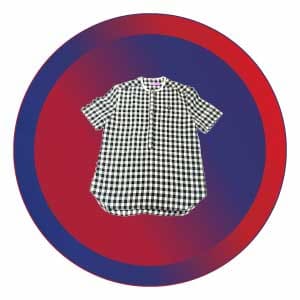



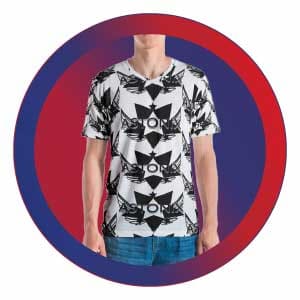
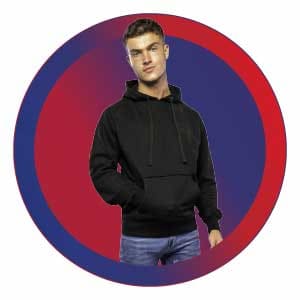
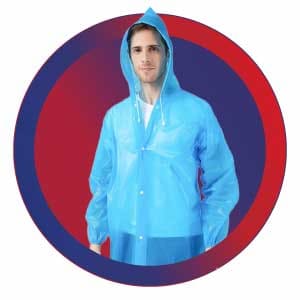
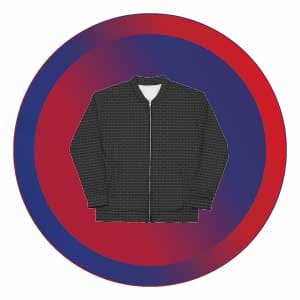
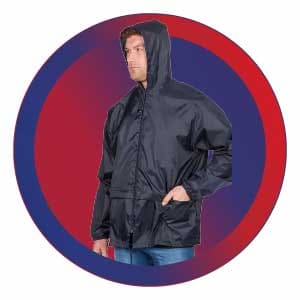
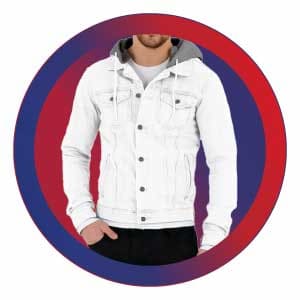


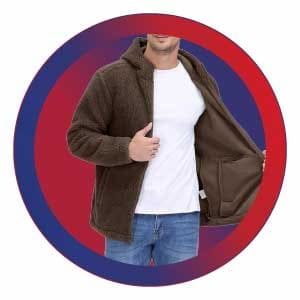

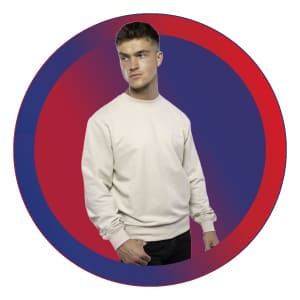
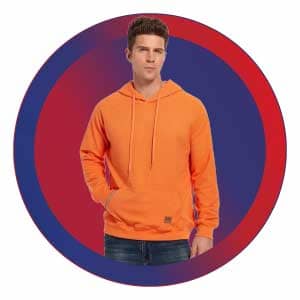


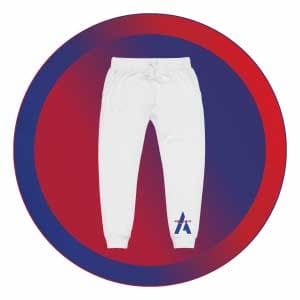









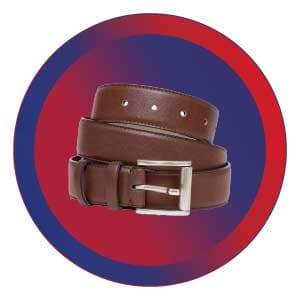


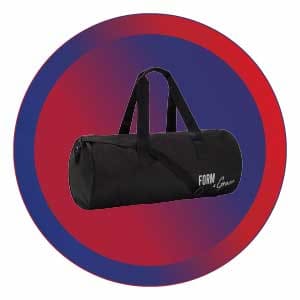

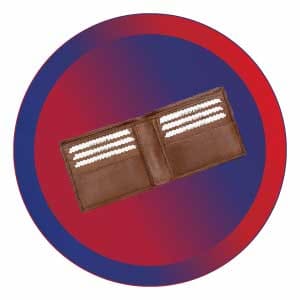

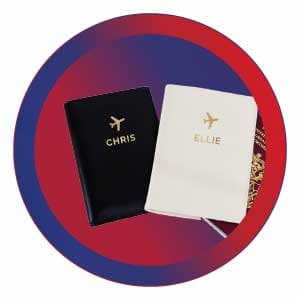







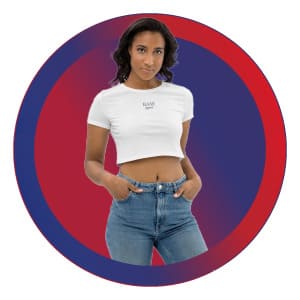

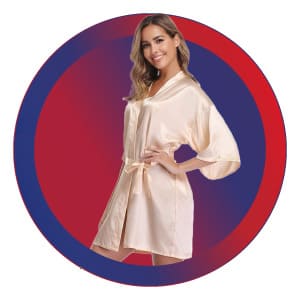
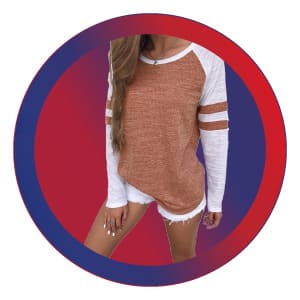
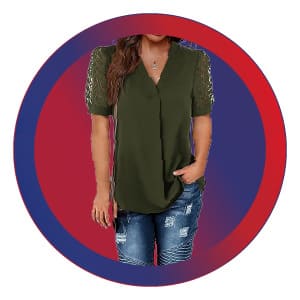

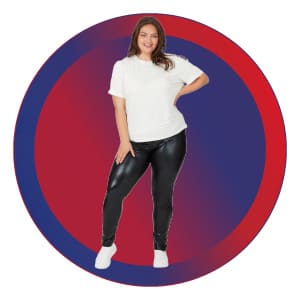
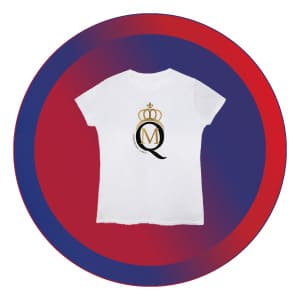
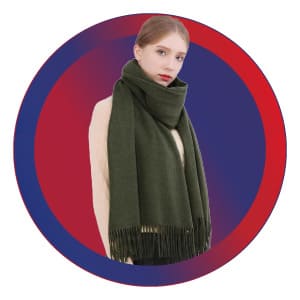
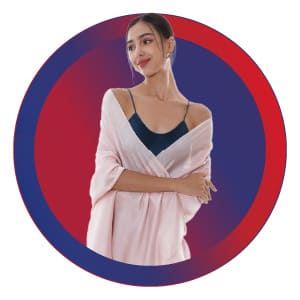
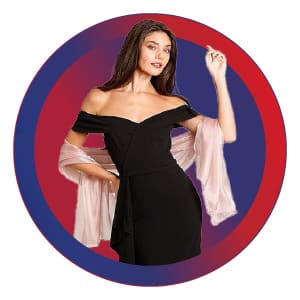
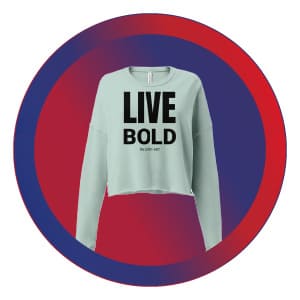
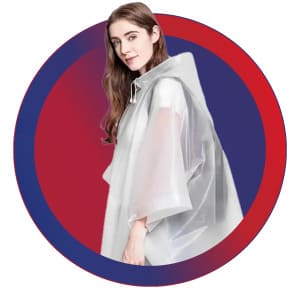
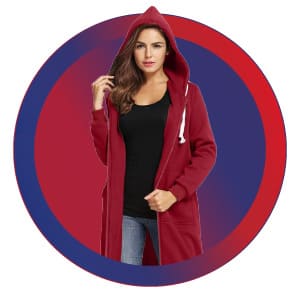
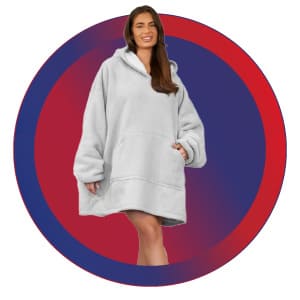

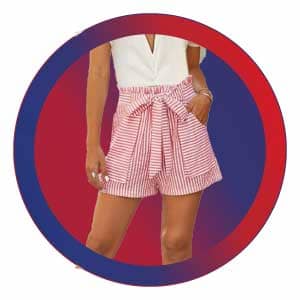


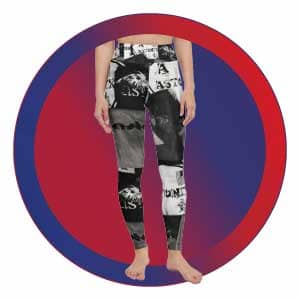


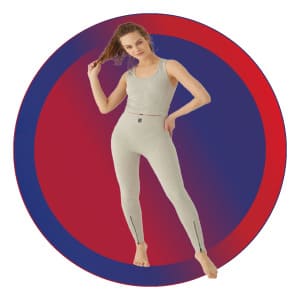
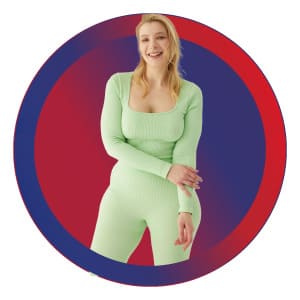
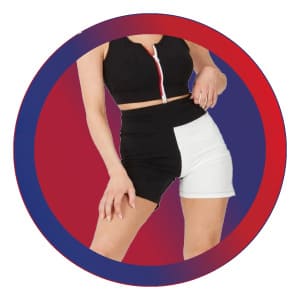
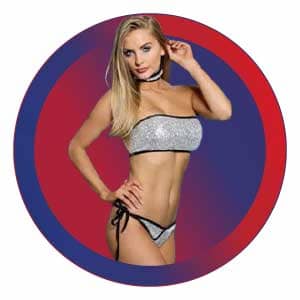
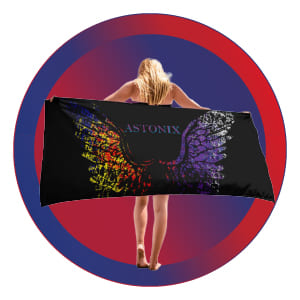
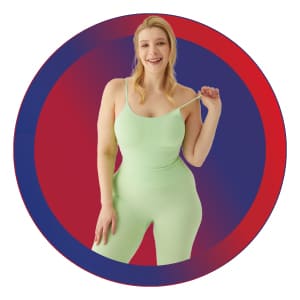

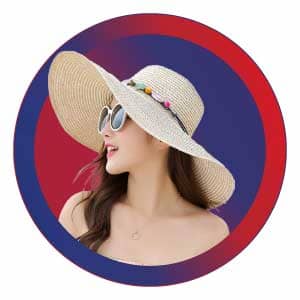
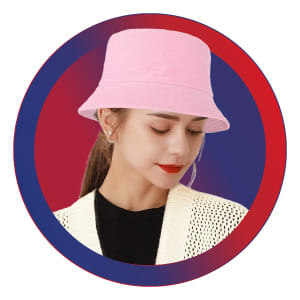

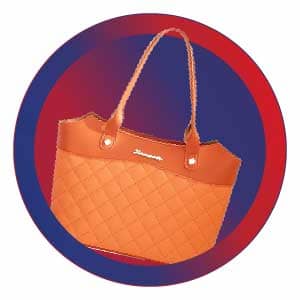
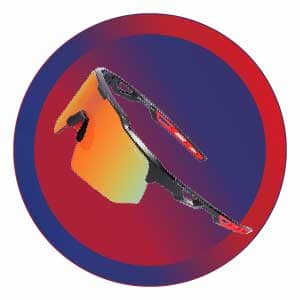
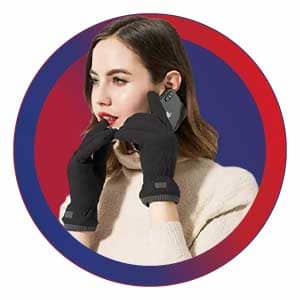

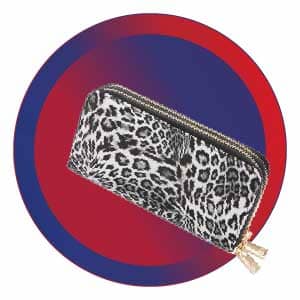
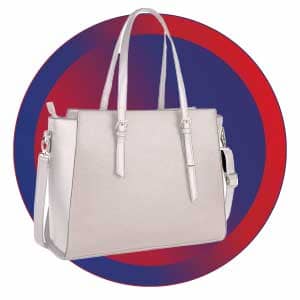




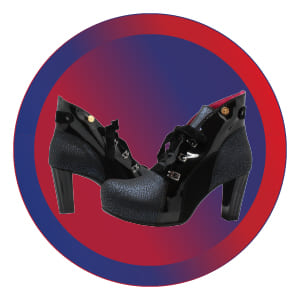

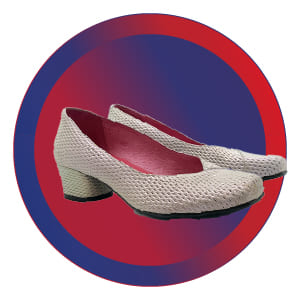

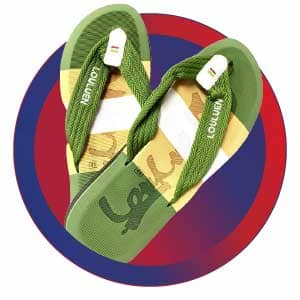
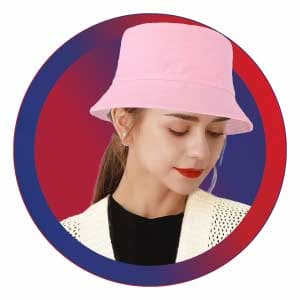
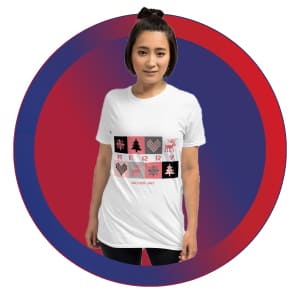
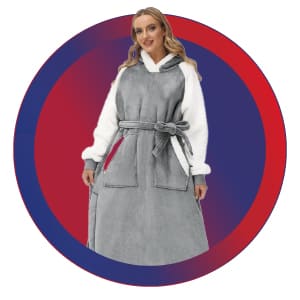
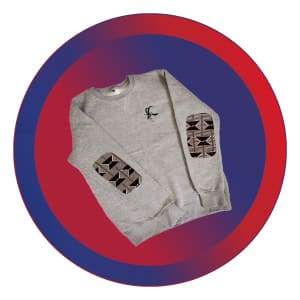
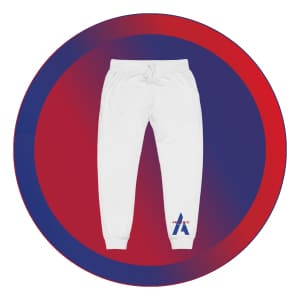

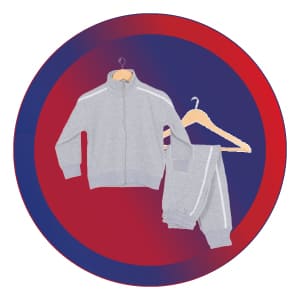

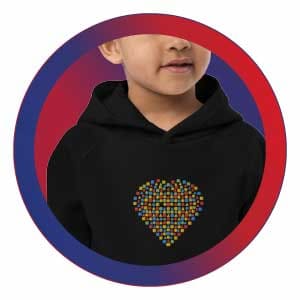





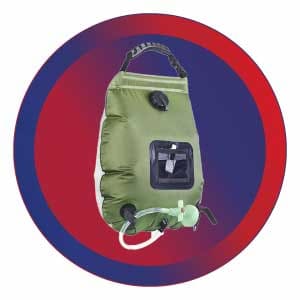
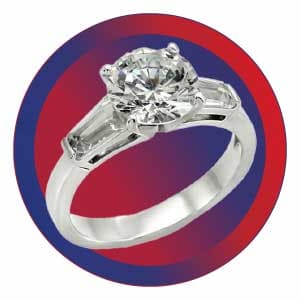
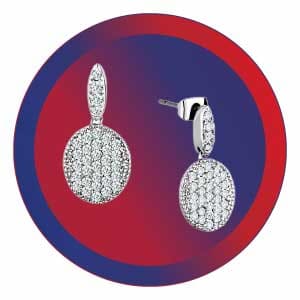
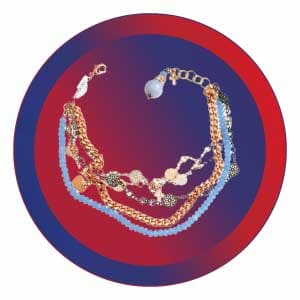
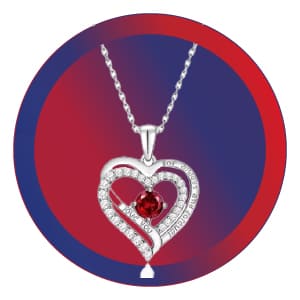
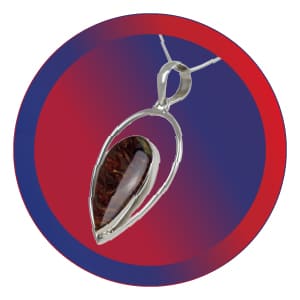
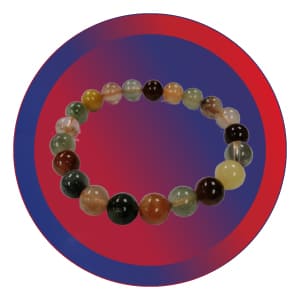
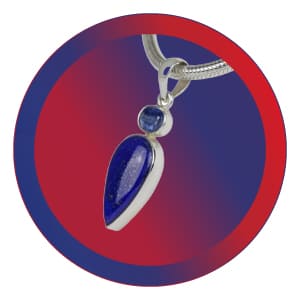
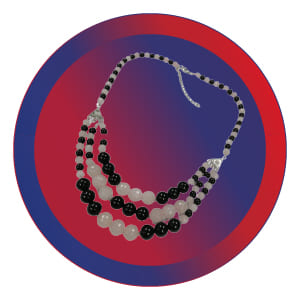
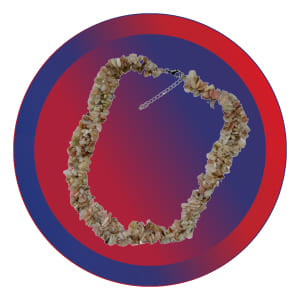
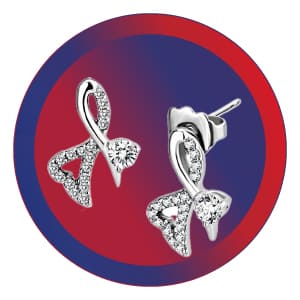
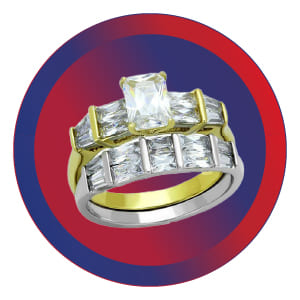
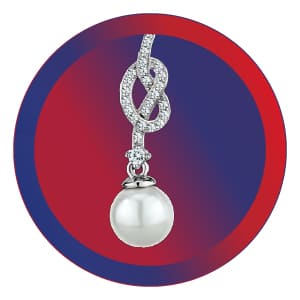
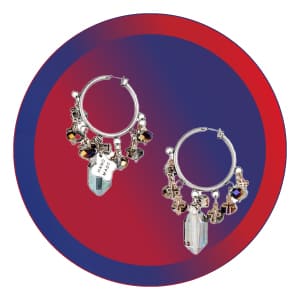
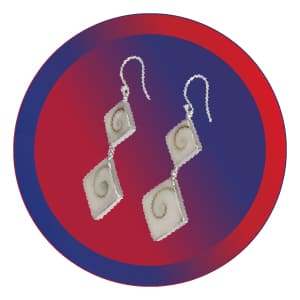
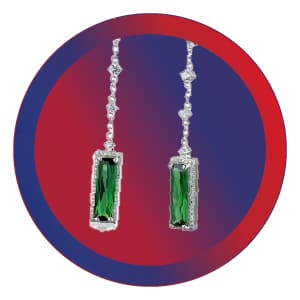
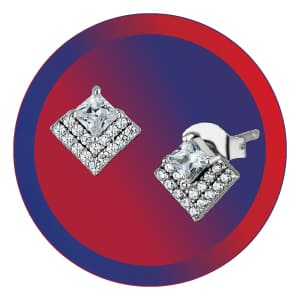
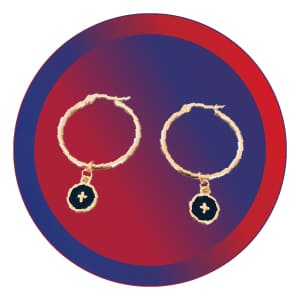
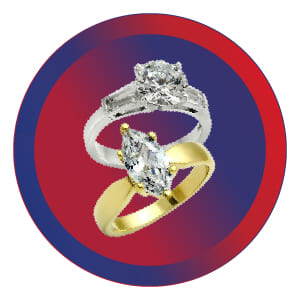
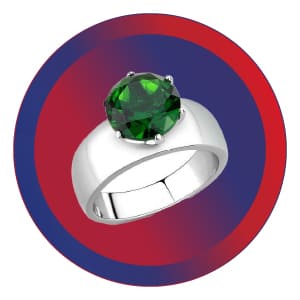
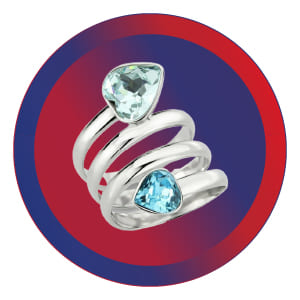
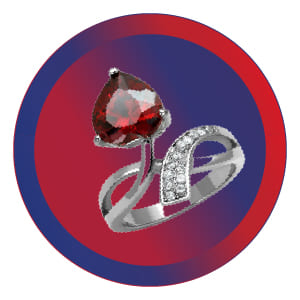
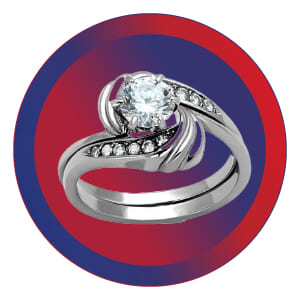
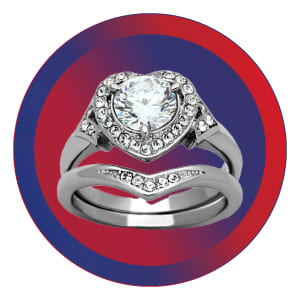
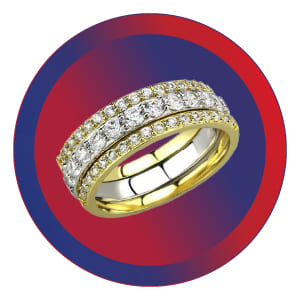
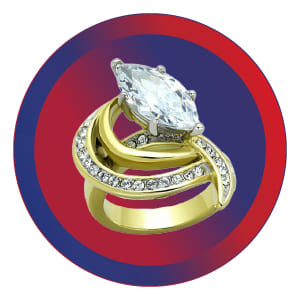

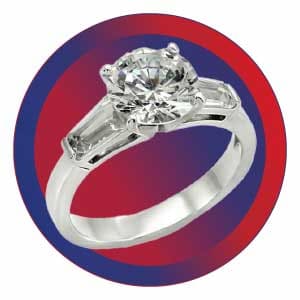
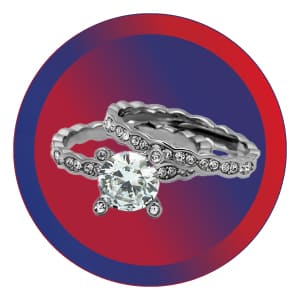
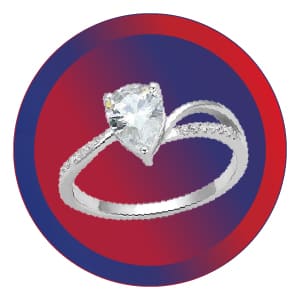
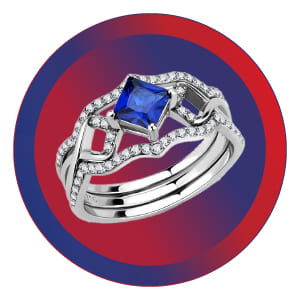
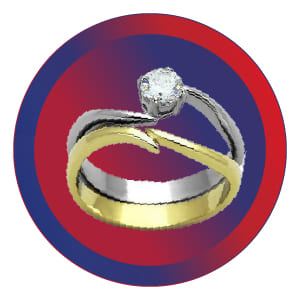
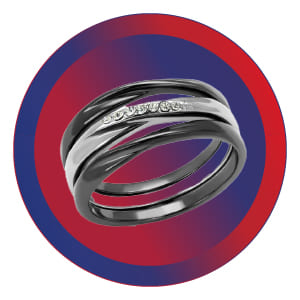
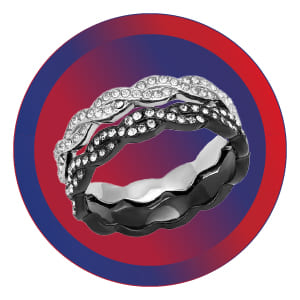
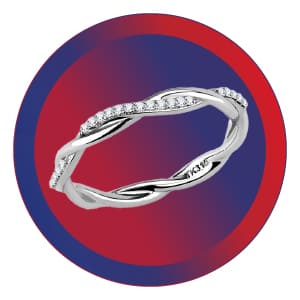

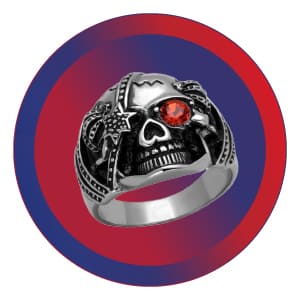
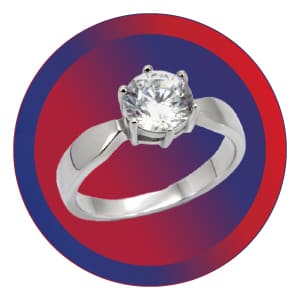
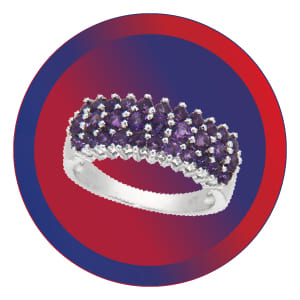
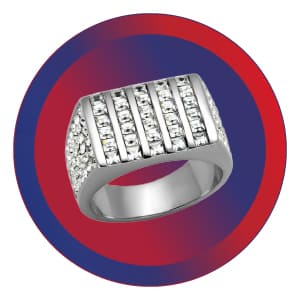
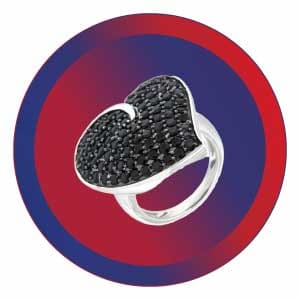
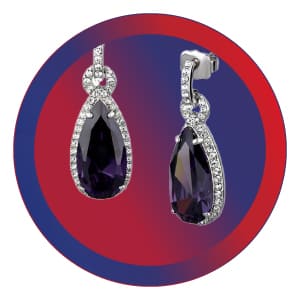

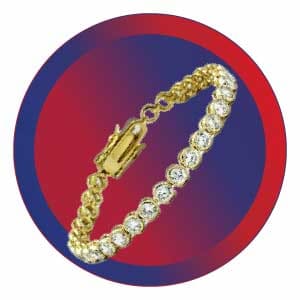
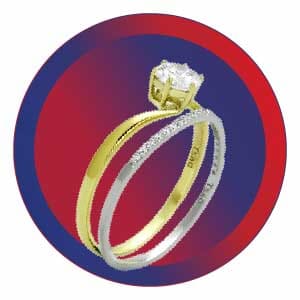
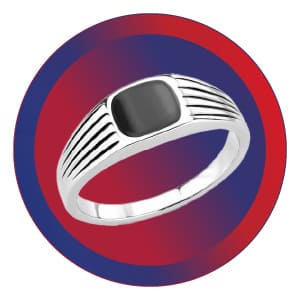
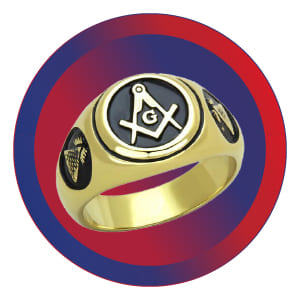

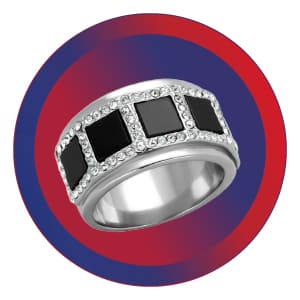
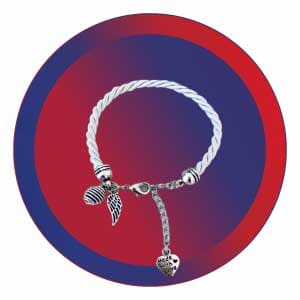
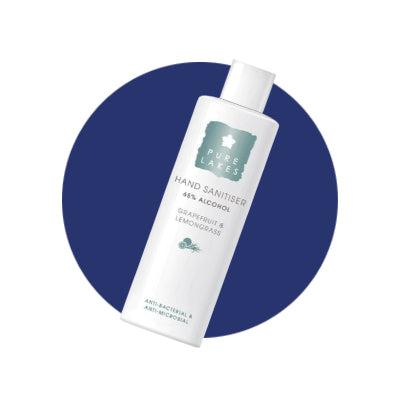
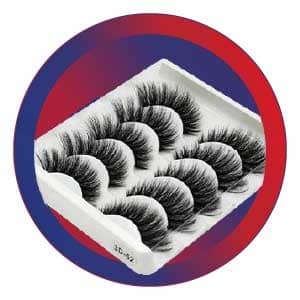
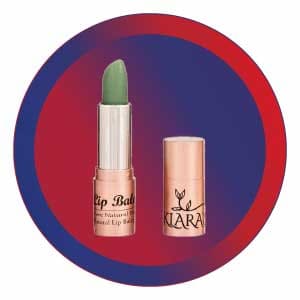

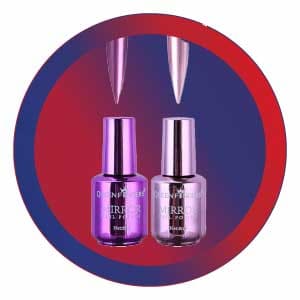
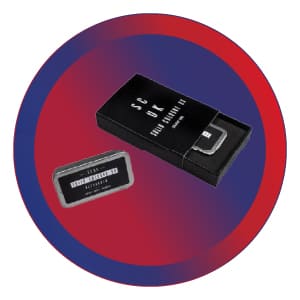
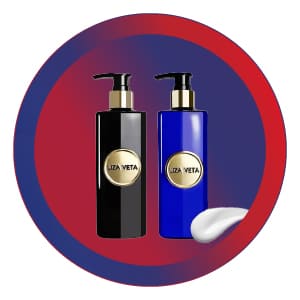
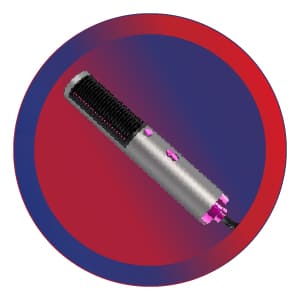
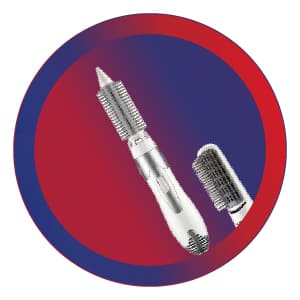

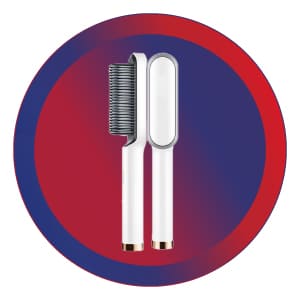
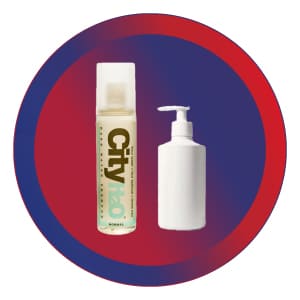
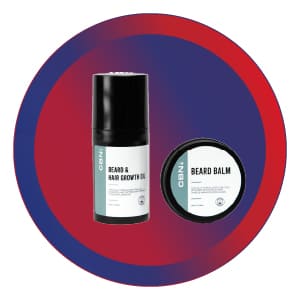
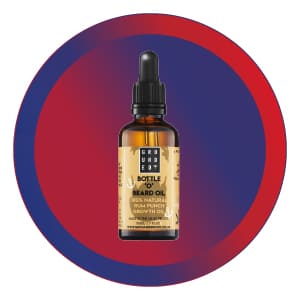
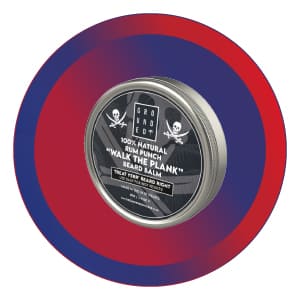
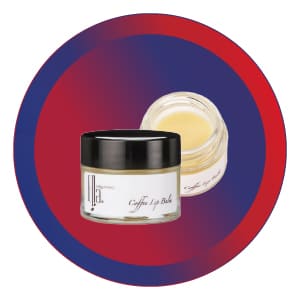
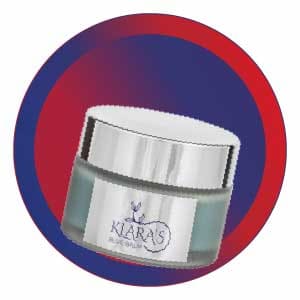
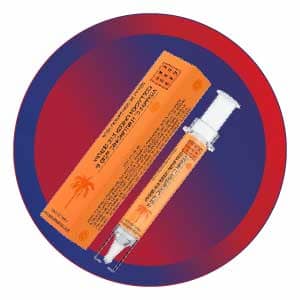
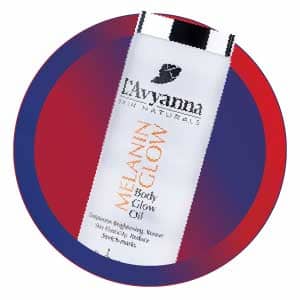
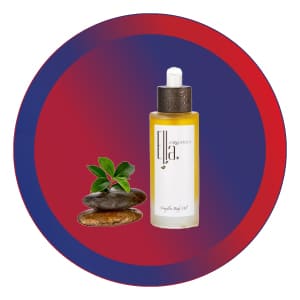
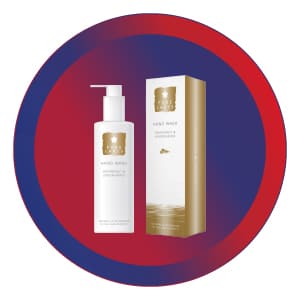
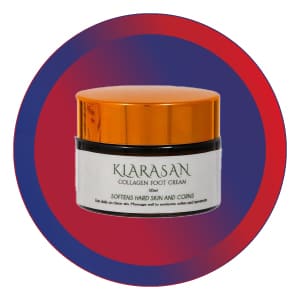
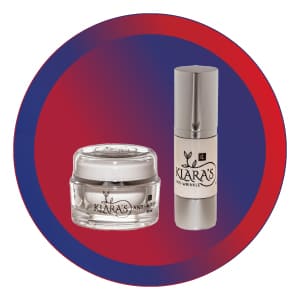

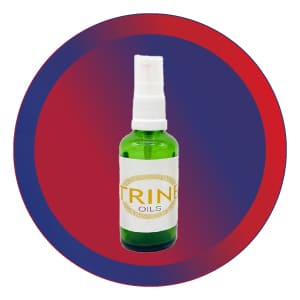
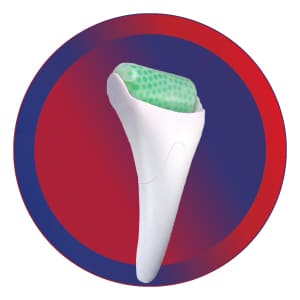
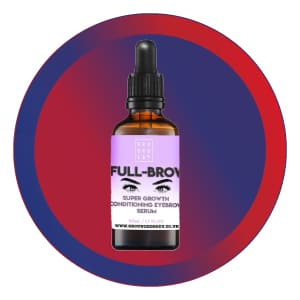
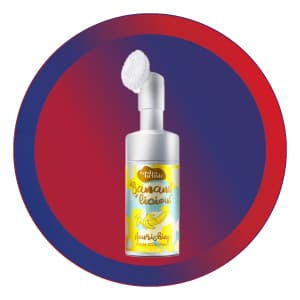
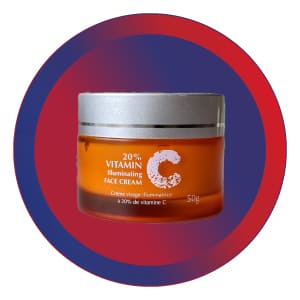
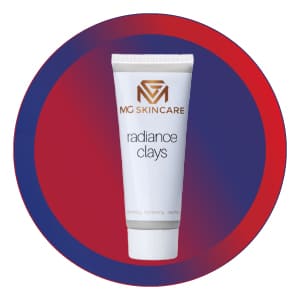
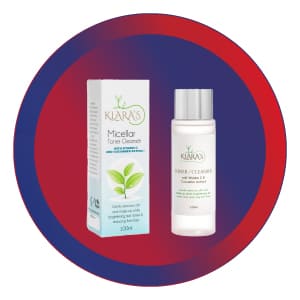
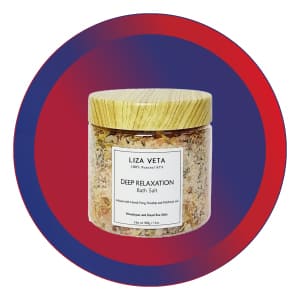
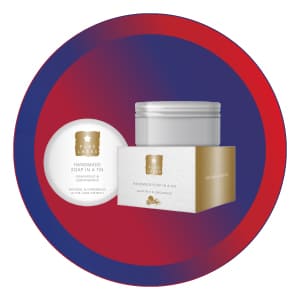

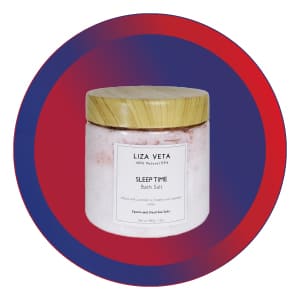
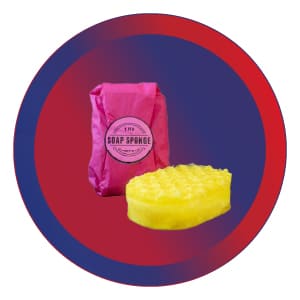
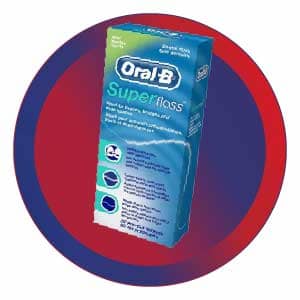
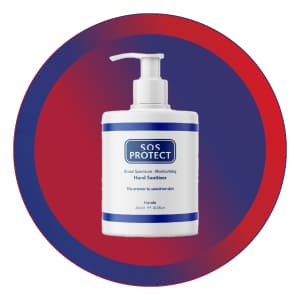
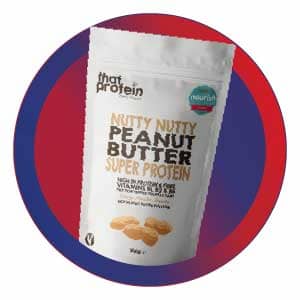
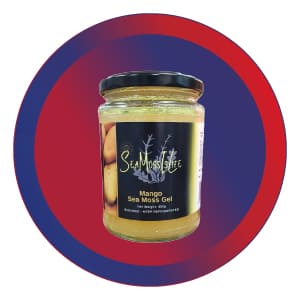
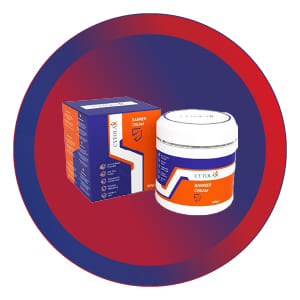

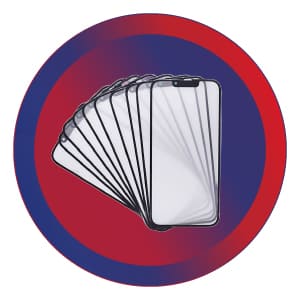

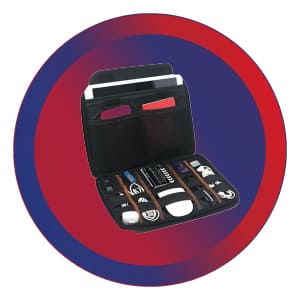
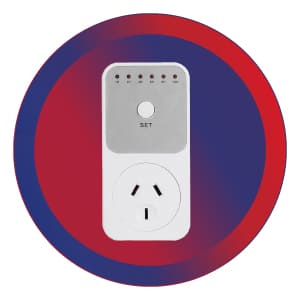
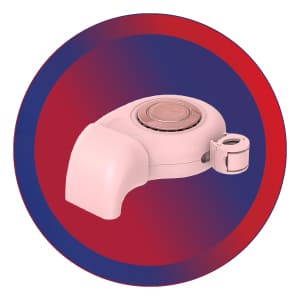
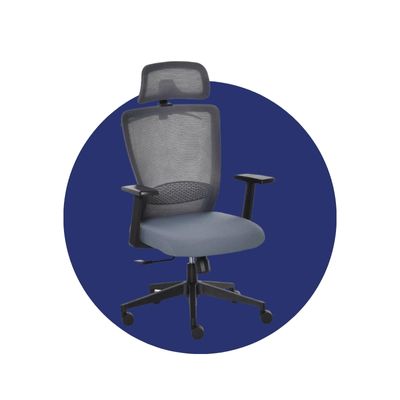
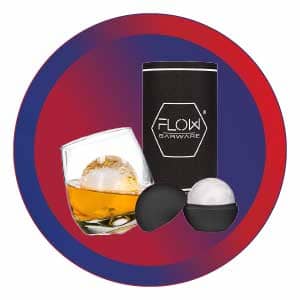




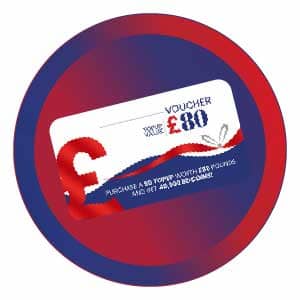

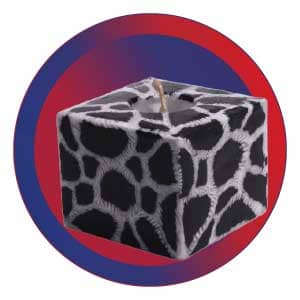
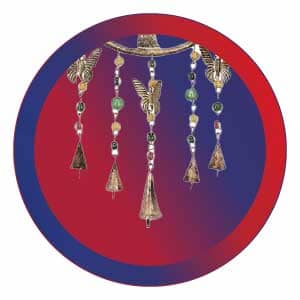
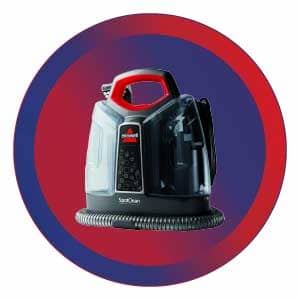
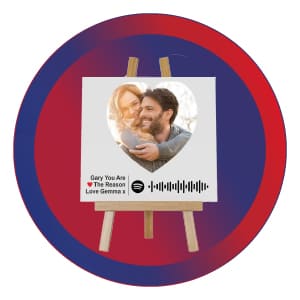
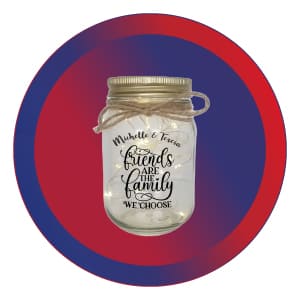
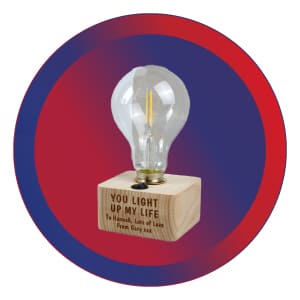

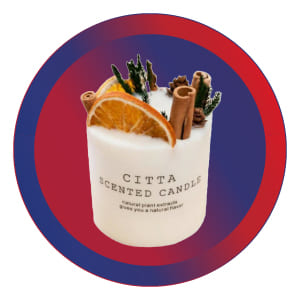
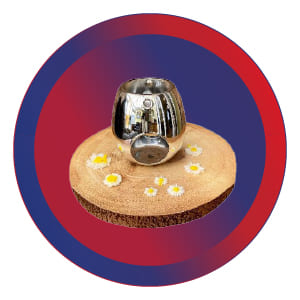
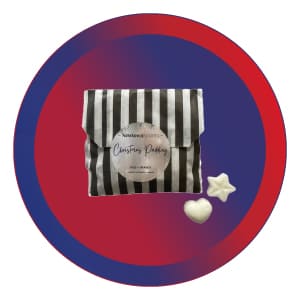

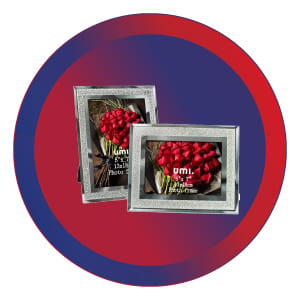


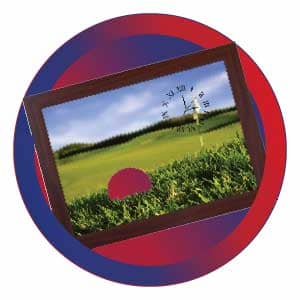
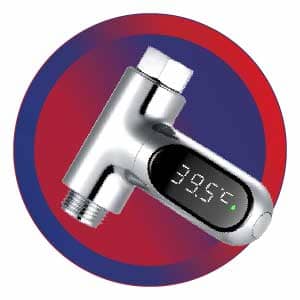
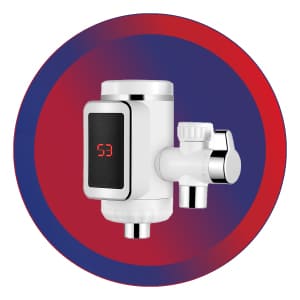




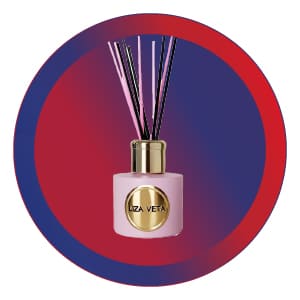
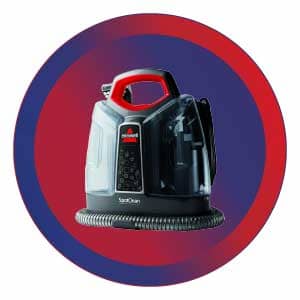

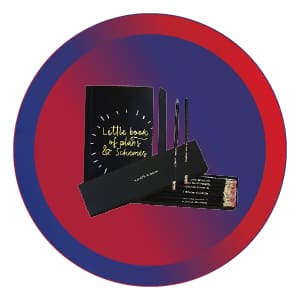
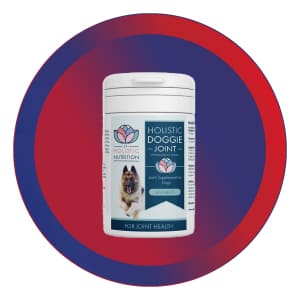

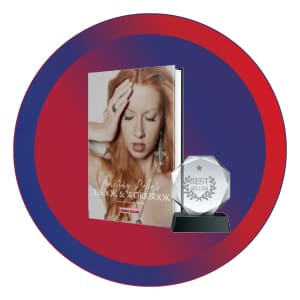







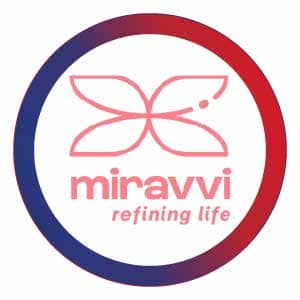



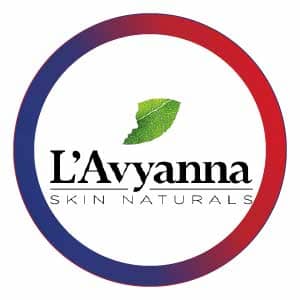
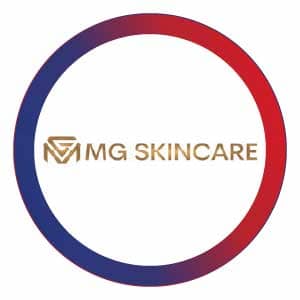










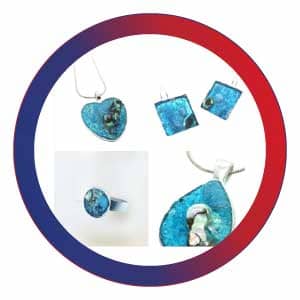



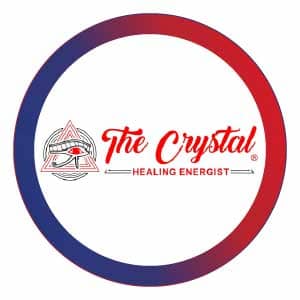



















Leave a comment
All blog comments are checked prior to publishing